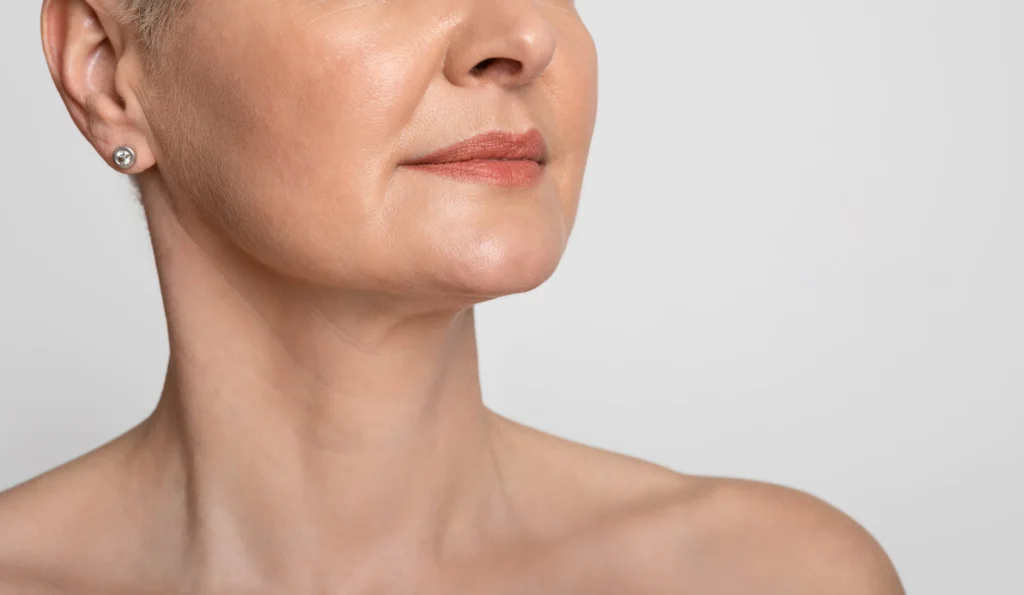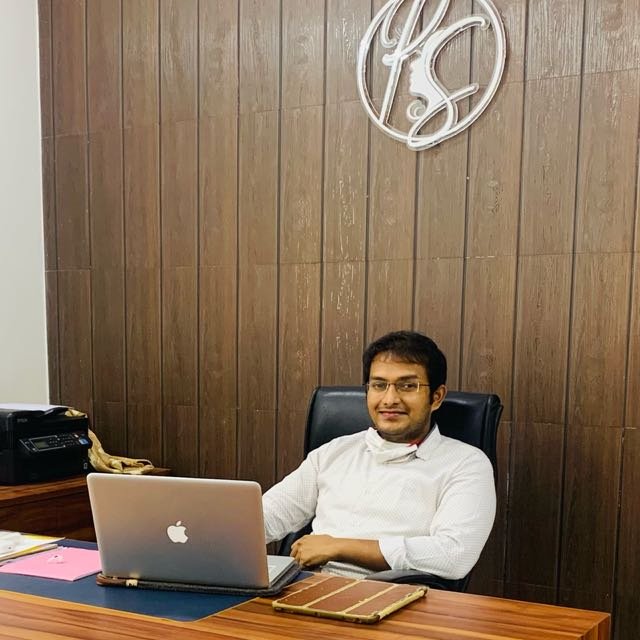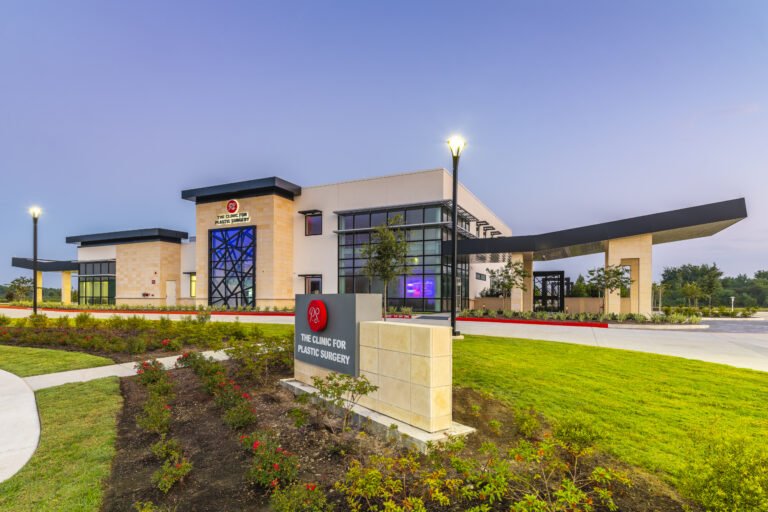South Korea has become a premier destination for cosmetic surgery, thanks to its world-renowned surgeons, advanced technology, and competitive pricing. Every year, thousands of international patients travel to Korea seeking facial contouring, rhinoplasty, chin implants, and more. However, traveling abroad for surgery requires careful planning — especially regarding visa and travel documentation.
If you’re considering cosmetic surgery in Korea, understanding the visa process and preparing your travel documents properly is crucial to ensure a smooth and stress-free medical trip. Here’s a comprehensive guide with expert tips on visas and travel documentation for cosmetic surgery patients visiting Korea.
1. Understand Which Visa You Need for Cosmetic Surgery in Korea
Tourist Visa (Short-Term Visit Visa)
- Most cosmetic surgery patients enter Korea on a short-term tourist visa (C-3 visa) or visa exemption, depending on your nationality.
- Many countries have visa-waiver agreements with Korea allowing stays up to 30 or 90 days without a visa.
- This visa type generally allows cosmetic surgery as long as it’s non-working medical tourism—meaning you’re not employed or working in Korea during your stay.
Medical Tourism Visa (D-2 or D-4 Visa)
- Korea also offers specific medical visas for longer stays or complex procedures, but these are less common for short cosmetic surgeries.
- The D-2 student visa or D-4 general training visa may be relevant if you’re enrolling in a medical program or long-term treatment.
- Some clinics assist in obtaining medical stay extensions if your surgery requires prolonged recovery.
Check Your Country’s Requirements
- Visa requirements vary widely depending on your citizenship.
- Always check with the nearest Korean embassy or consulate before booking your surgery and travel.
- Korean consulate websites often provide updated lists of countries eligible for visa-free entry or e-visa.
2. Preparing Travel Documents for Your Cosmetic Surgery Trip
Essential Documents to Carry
- Valid Passport: Ensure your passport is valid for at least six months beyond your intended stay.
- Visa or Entry Permit: Depending on your nationality, bring your visa approval or confirmation of visa exemption.
- Medical Appointment Confirmation: Clinics typically provide an appointment letter or surgery confirmation—bring this for immigration or visa interviews.
- Medical Records and History: Some clinics require you to present health documents or lab tests at the time of consultation.
- Travel Insurance: Highly recommended to cover medical complications or trip cancellations.
- Return or Onward Ticket: Immigration officers may ask for proof of exit from Korea.
3. Important Tips When Applying for a Visa
Apply Early
- Cosmetic surgery can be time-sensitive—apply for your visa well in advance, ideally 1–2 months before travel.
- Processing times vary; tourist visas can take 5–15 working days or longer in some countries.
Provide Clear Medical Purpose Documentation
- If required, submit your medical appointment letter or a letter from your doctor explaining your surgery purpose.
- Korean consulates appreciate detailed documentation showing the nature and timeline of your procedure.
Be Honest During Visa Interviews
- When asked about your travel purpose, clearly state you’re visiting for cosmetic surgery or medical treatment.
- Avoid vague answers, as transparency reduces visa denial risk.
4. Managing Your Stay: Extensions & Post-Op Recovery
Length of Stay
- Most cosmetic surgeries require a stay of 7–14 days for surgery, immediate recovery, and follow-up.
- Plan for extra days in case of swelling or minor complications.
Visa Extensions
- If you need to stay longer, you can apply for a short-term extension at a Korean immigration office.
- Clinics often help coordinate these extensions and provide medical certificates if needed.
Multiple Visits & Staged Procedures
- Some patients plan multiple surgeries over months or years.
- Check visa options if you need to return multiple times (e.g., multiple tourist visas or long-term medical visas).
5. Other Travel Considerations for Medical Tourists in Korea
Airport Immigration
- Have your documentation ready and be prepared to explain your medical tourism purpose clearly.
- Showing your surgery appointment and accommodation booking can help smooth entry.
Language & Communication
- Some clinics provide visa and travel assistance, including translation and document preparation.
- If you don’t speak Korean, consider hiring a medical tourism coordinator or translator for airport pickup and clinic visits.
COVID-19 and Health Protocols
- Stay updated on Korea’s travel restrictions, testing, and quarantine rules, as these can impact your travel timeline.
Summary Checklist for Your Korea Cosmetic Surgery Trip:
| Task | Recommended Timing |
|---|---|
| Check visa requirements | 2+ months before travel |
| Apply for visa or confirm visa waiver | 1–2 months before travel |
| Book surgery and obtain appointment letter | Before visa application |
| Prepare travel insurance | Before travel |
| Pack passport, visa documents, medical records | Before departure |
| Confirm return/onward flight booking | Before travel |
| Prepare for immigration questions | Day of arrival |
| Apply for visa extension if needed | During stay in Korea |
Final Thoughts
Traveling to Korea for cosmetic surgery is exciting but requires careful visa and travel documentation planning to avoid delays or complications. By understanding the right visa type, gathering proper paperwork, and working closely with your Korean clinic, you can ensure a hassle-free medical trip focused on your beauty and well-being.
If you want, I can help prepare a customized visa and travel checklist based on your nationality and surgery timeline!



